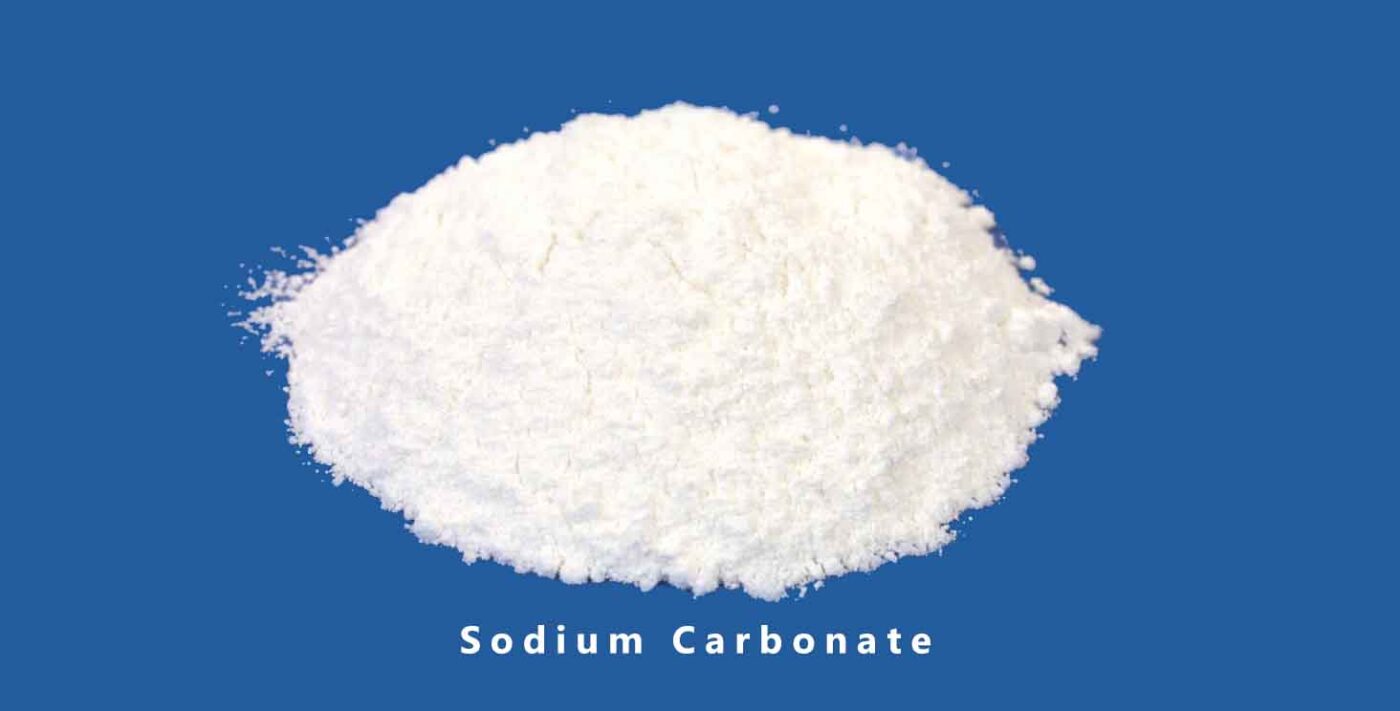Blog
What is the Formula for Sodium Carbonate? Discover Na₂CO₃
Sodium carbonate, commonly known as soda ash or washing soda, plays a crucial role in various industries and household applications. Understanding the question, “What is the formula for sodium carbonate?” is essential for students, chemists, and anyone interested in chemistry. The chemical formula for sodium carbonate is Na₂CO₃, which indicates that it contains two sodium (Na) atoms, one carbon (C) atom, and three oxygen (O) atoms. In this article, we will explore the significance, applications, and properties of sodium carbonate, alongside its chemical formula.
What is Sodium Carbonate?
Sodium carbonate is a white, odorless powder that is highly soluble in water. This inorganic compound occurs naturally in some mineral deposits or is produced synthetically through various chemical processes. Manufacturers widely use this compound in glass production, water treatment, and as a cleaning agent. Its chemical formula, Na₂CO₃, is vital for understanding its reactions and applications in different fields.
Sodium Carbonate Formula: A Comprehensive Guide
The Chemical Composition of Sodium Carbonate
To answer the question, “What is the formula for sodium carbonate?” in detail, let’s break down its composition:
- Sodium (Na): Sodium is a soft, silvery-white metal that is highly reactive, especially with water. In sodium carbonate, it exists in a +1 oxidation state.
- Carbon (C): Carbon is a non-metal that can form four bonds with other elements. In sodium carbonate, it forms a bond with three oxygen atoms and is part of the carbonate ion.
- Oxygen (O): Oxygen is a diatomic molecule that is essential for life. In sodium carbonate, each oxygen atom has a -2 oxidation state.
The formula Na₂CO₃ indicates that for every two sodium atoms, there is one carbon atom and three oxygen atoms.
How is Sodium Carbonate Made?
Understanding “what is the formula for sodium carbonate?” also leads to discussions about its production methods. Sodium carbonate can be produced through several processes:
1. Solvay Process
The Solvay process is the most common method for producing sodium carbonate. It involves the reaction of sodium chloride (table salt) with ammonia and carbon dioxide in water, leading to the formation of sodium carbonate. This method is efficient and produces minimal waste.
2. Trona Mining
Trona is a naturally occurring mineral that contains sodium carbonate. Miners extract and process trona to obtain sodium carbonate. This method frequently occurs in regions with abundant trona deposits, such as Wyoming in the United States.
3. Other Chemical Reactions
Producers can also create sodium carbonate by thermally decomposing sodium bicarbonate (baking soda) through heating. This process is less common but useful in some applications.
Applications of Sodium Carbonate
The applications of sodium carbonate are diverse, ranging from industrial to domestic uses. Here are some notable applications:
1. Glass Manufacturing
Sodium carbonate is a key ingredient in glass production. It lowers the melting point of silica, making it easier to form glass. The glass industry relies heavily on sodium carbonate for producing various types of glass, including window glass and glass containers.
2. Water Treatment
In water treatment, sodium carbonate is used to soften water by removing calcium and magnesium ions. This helps prevent scale buildup in pipes and improves water quality for various applications.
3. Household Cleaning
Sodium carbonate is commonly found in household cleaning products. Its alkaline nature makes it effective in removing stains and grease.
4. Food Industry
Sodium carbonate serves as a food additive and pH regulator in the food industry. You can find it in some baking powders, and manufacturers use it in the production of certain types of foods.
Health and Safety Considerations
While sodium carbonate is widely used, it’s essential to handle it with care. It can cause irritation to the skin, eyes, and respiratory tract. When using sodium carbonate, it is advisable to wear gloves and goggles to protect against potential exposure. Additionally, proper storage is necessary to prevent moisture absorption, which can affect its performance.
Conclusion
In conclusion, understanding the formula for sodium carbonate, Na₂CO₃, is crucial for its various applications in industries and households. From glass manufacturing to water treatment, sodium carbonate plays a vital role. If you’re looking for expert advice or have specific questions about sodium carbonate and its uses, Book a free consultation session with Our Expert to gain deeper insights.
Follow us on Facebook!

